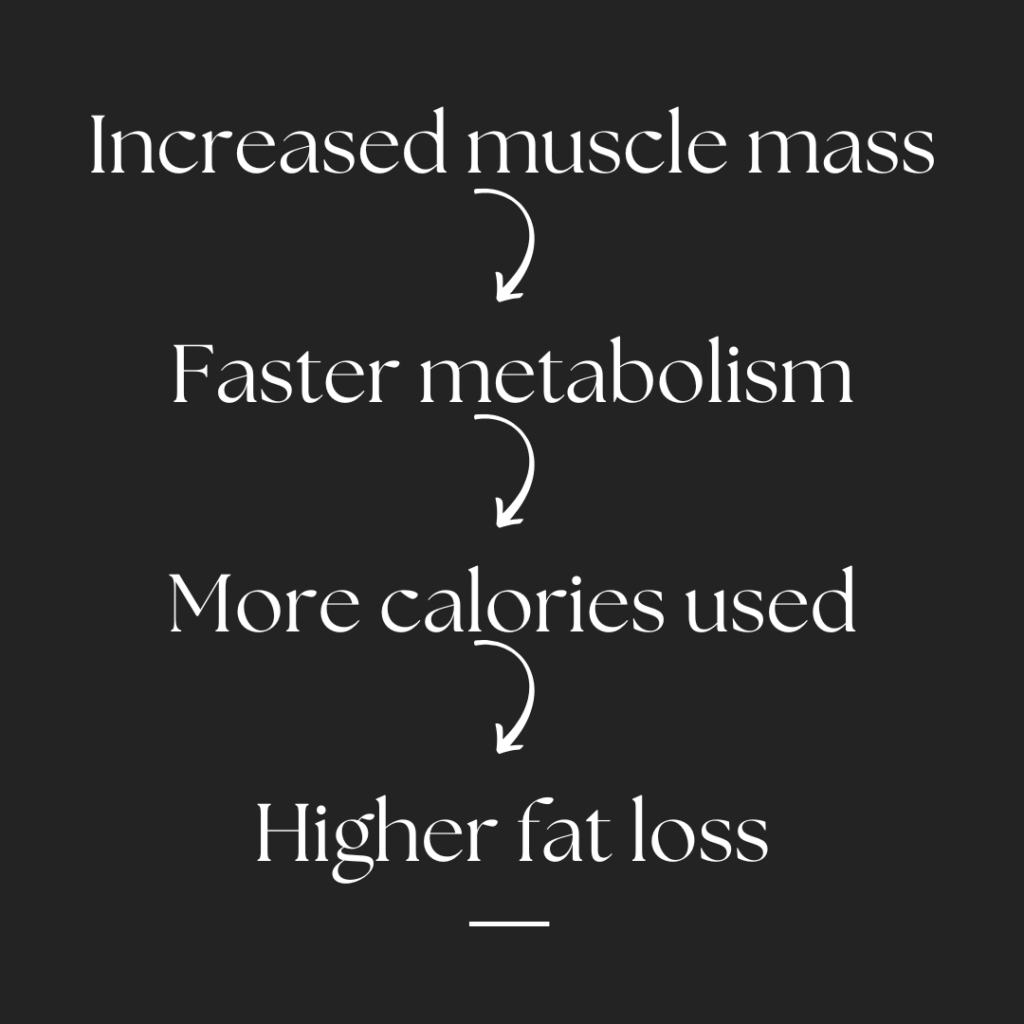LeongOrthopaedicHealth@gmail.com
WOW! You Only Need to Weight Train Once a Week?
It’s the truth.
You only need to commit to ONE full-body weight training session per week. You only need to pay your personal trainer for ONE visit a week (assuming you do your cardio on your own).
For most people, an all-or-nothing, shoot-for-athlete-level approach to fitness doesn’t work. Puffing yourself up, making that determined resolution, you’re GONNA DO IT!, and commit to gym visits somewhere between three and seven times a week … only to fail.
Why?
Because most people don’t have the time or inclination for extreme fitness. Most people have more important things to do. As a result, an all-or-nothing mindset can be discouraging enough that people stop exercising completely.
For example, consider the CEO of a prominent corporation; or an award winning architect known for monumental landmarks; or a best-selling author with novels translated in 17 different languages; or parents with even one child. Their time is sacrosanct!
Are you a successful time-pressed individual?
Yes, you are!
Why Does Weight Training Once a Week Work?
When you lift heavy, you use the fast-twitch fibres peppered throughout your muscles. Because building new tissue can only happen at a set rate, these fast-twitch muscle fibres need six days to recover completely. Consequently, training more often interferes with the recovery process, causing inflammation.
But waiting seven days allows:
- The fatigue and inflammation to dissipate.
- New contractile units built within the muscle fibres.
- Reparation to tears in the muscle fibres.
- Strengthened tendons, ligaments, fascia, and bones so they can support the stronger muscles.
Does seven days seem like a long time? Rest assured, you will not lose muscle in that time (unless you lack nutrients).
Save time and money. Spare your body the inflammation from over-training that causes pesky aches, pains, and even illnesses. Yet ensure optimal health by:
- Strength training once a week in the gym to both maintain and increase your muscle mass.
- Completing a quick daily stretch routine.
- Combining cardio/movement with fun and social time with family and friends.

The Ten Principles of “The WOW Method”
- Strengthen each muscle group once a week in a full-body workout including nine exercises for the prime mover muscles, and various exercises — prescribed as needed — for the accessory/stabilizer muscles.
- One set per exercise.
- Slow controlled repetitions executed with strict form and perfect posture.
- Continue repetitions until the targeted muscle group comes to temporary muscular failure. (It’s not necessary to take the set to muscular failure — just the most efficient way to gain strength and muscle.)
- A muscle group failing prior to the 14th repetition means the weight is too heavy and therefore, decreased slightly for next week’s workout.
- A muscle group failing after the 20th repetition means the weight is too light and therefore, increased slightly for the next week’s workout.
- For the duration of each set, the abdominal muscles (below the belly button) remain fully contracted whilst allowing the rib-cage to relax for maximum breathing capacity.
- Exhaling upon exertion reduces the pressure on the heart and blood vessels. Exhale during the contraction phase of the exercise. Inhale deeply while slowly returning to the starting position.
- After the set is completed, immediately stretch the targeted muscles. The muscle group is warm from exertion, maximizing the stretch’s benefits.
- Top priority is maintaining muscle balance and ensuring the optimal health of all soft tissues and joints.
– LEONG Orthopaedic Health
Ready to weight train once a week (a full-body session) and transform your body? Wait. You don’t believe training once per week will work? No problem. More information:
Are you ready to weight train once a week?
personal training
by appointment only. Please email:
LeongOrthopaedicHealth@gmail.com
Share this with someone you care about!
All rights reserved; no part of this publication may be reproduced or transmitted by any means, electronic, mechanical, photocopying or otherwise, without prior permission. Copyright 2015.

